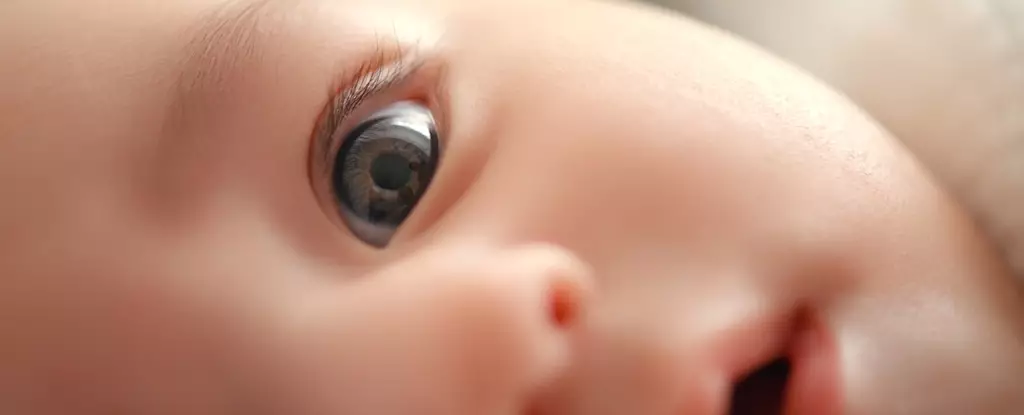In recent years, the term “microplastics” has permeated discussions surrounding environmental health, evolving from an obscure scientific concern into a nationwide issue that affects us all. Microplastics, defined as plastic particles measuring less than five millimeters, are ubiquitous in the environment. They can be found in oceans, soil, air, and even sources of drinking water, raising alarms about their potential effects on human health. As new studies emerge, researchers are piecing together the troubling implications associated with the exposure to these minute pollutants, especially concerning maternal and fetal health.
Revelations from Recent Research
A pivotal study conducted by a research team from Rutgers University has illuminated alarming findings: microplastics can traverse the maternal barrier and persist in the developing offspring. The investigation focused on a specific type of microplastic, polyamide-12 (PA-12), a nylon variant that pregnant mice inhaled. Remarkably, traces of these plastic particles were detected in a variety of organs, such as lungs, hearts, livers, kidneys, and brains of the newborn mice. The study’s outcomes suggest that not only are microplastics crossing into the placenta but they also remain in the offspring for at least two weeks post-birth.
The implications are significant. As expressed by Phoebe Stapleton, an associate professor involved in the study, the presence of plastics in vital organs raises urgent questions about their long-term health impacts. Given that microplastics can enter human bodies through various routes, including food ingestion and air inhalation, the implications of this research are particularly concerning if they are applicable to human pregnancies.
While the research focused on mice, the biological parallels to humans cannot be ignored. The emerging evidence indicates that newly born children might already face a microplastic burden at birth, with potential long-term health consequences yet to be fully understood. Current associations between microplastics and various health issues, including cardiovascular problems, reflect a growing body of evidence suggesting that pollutants like these lead to chronic health problems.
Environmental science has long established that exposure to toxins during critical periods of development can increase vulnerability to a host of health issues later in life. With microplastics integrated into our environment, it is logical to posit that their exposure might similarly raise the risk of developmental disorders and chronic illnesses in affected children.
Despite the precarious situation highlighted by Stapleton and her colleagues, society seems to be failing to curb its dependency on plastics. Global production rates currently exceed 450 million tonnes annually, making it clear that plastic is a deeply interwoven aspect of daily life. This ongoing consumption poses a dual-backlash: environmental pollution and potential health crises.
Many initiatives aim to tackle this challenge, focusing on encouraging recycling efforts and seeking alternatives to plastic. However, a widespread solution remains elusive. As research deepens our understanding of the ramifications of microplastics, it has become evident that complacency is no longer tenable. Future generations hinge on our ability to innovate and recycle, ensuring they inherit a world not suffocated by plastic waste.
The recent findings from the Rutgers study reveal a multidimensional crisis that demands immediate attention. The permeation of microplastics into the maternal-fetal interface carries implications that extend beyond immediate environmental concerns and into the health of future human beings. It is becoming apparent that we can no longer ignore the reality of plastic pollution; a proactive stance is essential in fostering healthier living conditions for both present and future populations.
As we digest this new wave of information, it is imperative that policymakers, researchers, and society collectively act to understand and mitigate the health risks posed by microplastics. Future research should not only look at mitigating exposure but also understanding the long-term effects on health. The time to confront our plastic habits and innovate is now; it is a matter of our health and the health of the planet.

